Exposiciones
Norman Foster. Common futures
Place
Espacio Fundación Telefónica Madrid. (C/Fuencarral, 3)
Date
24 December 1006 - 04 February 2018
This exhibition seeks to popularize the architect’s work and his vision of the future.
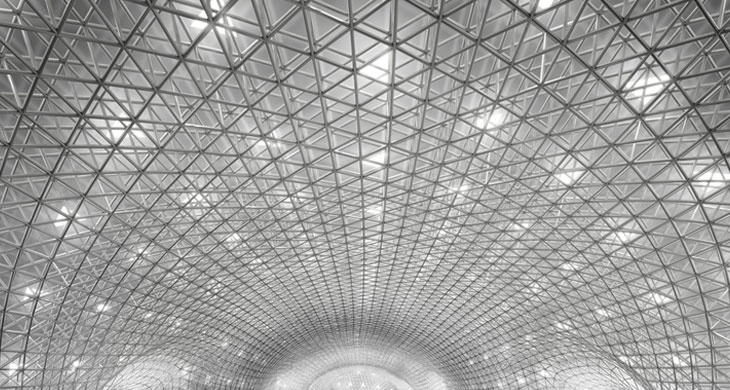
norman-foster-expo
Links
The exhibition ‘Norman Foster. Common futures’ seeks to popularize the architect’s work and his vision of the future among a wide audience while revealing his sources of inspiration. The exhibition focuses on the continuities in Foster’s work and confirms how the future and the past can inspire the present.
Climatroffice (1971)_Norman Foster Foundation Archive © Norman Foster Foundation
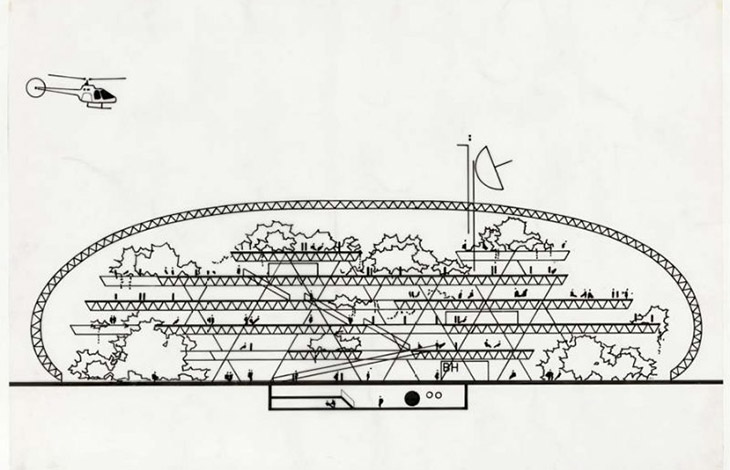
Since his early works more than half a century ago, Norman Foster’s architecture has sought to employ technical expertise to anticipate the future and to overcome physical and social barriers. Inspired by both historical constructions and scientific progress, his projects reconcile tradition and modernity, urban intelligence and transformative capacity, aesthetic excellence and technological innovation.
On the occasion of the public presentation of his foundation in Madrid, the Norman Foster Foundation, this exhibition – curated by Luis Fernández-Galiano, Senior Professor of Projects at the School of Architecture of the Polytechnic University of Madrid (ETSAM) and Director of Arquitectura Viva – documents twelve recent projects that enter into dialogue with similar proposals from previous decades to underline the continuity of his concerns and to bring to light the variety of his interests.
Casa autónoma (1982) © Foster+Partners

From involvement in heritage buildings to projects for living spaces on the Moon, Foster’s work recovers the memory of the past and anticipates the needs of the future while remaining firmly anchored among the demands and urgencies of the present. All of Foster’s proposals for new work and culture spaces, care for cancer patients, populations lacking infrastructures, sustainable urban development and raised paths for cyclists, stimulate the endeavour to make our cities more liveable. All with the dominant themes of social awareness, openness to change and innovation.
Apple Park (2010-2017) © Foster+Partners
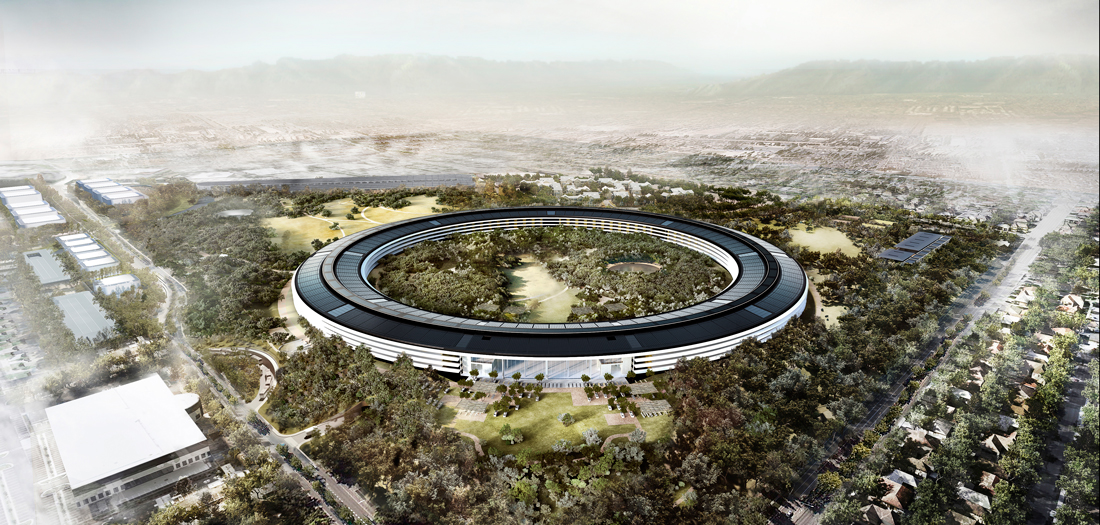
Thus, this Norman Foster exhibition in Spain is held under the auspices of Fundación Telefónica at Espacio Fundación Telefónica, a building which was a paradigm of innovation in its day, the first skyscraper to be built in Spain, whose impressive structure is highlighted by the montage of the display. It is also appropriate for its central area to be occupied by a set of flying machines – from a glider to a space capsule – which are, in turn, an inspiration for these lightweight architectures and a symbol of a fast-paced world undergoing constant change.
Aeropuerto de Ciudad de México (2014) © Foster+Partners
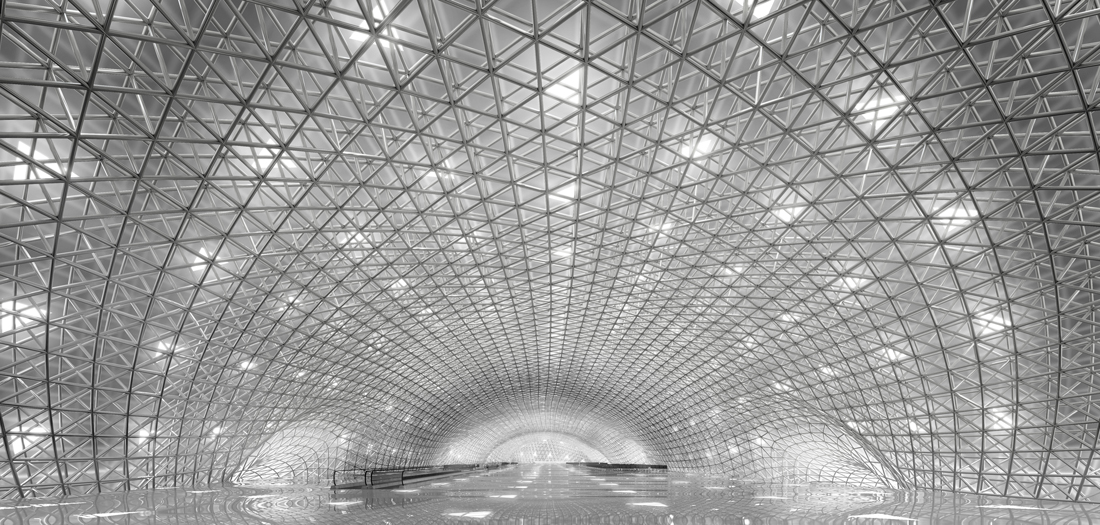
In addition, in the twelve sections of the exhibition, we can run through Foster’s ideas on different topics of social interest, following an itinerary which begins with a reflection on the past and ends with the future, taking in culture, work, well-being and sustainability. Each section presents a recent project together with another from his initial period, demonstrating the continuity of these features in his architecture, constantly focused on the prefiguration of a common future.
Twelve dialogues. Twelve possible futures
The future of the past and heritage is illustrated by relating his painstaking extension of the legendary Château Margaux wineries to his first drawings of vernacular architecture when he was still a student, and comparing his current project for the expansion of the Prado Museum with the Carré d’Art, which he completed a quarter of a century ago in Nîmes. As for the futures of the architectural form and function, they link the modern offices of the Bloomberg company in London to the ones he built for Willis Faber & Dumas forty years ago, and the new Government House in Buenos Aires to the reformist Sainsbury Centre which, in its day, transformed the perception of art spaces.
Cortesía Norman Foster Foundation © José Manuel Ballester.
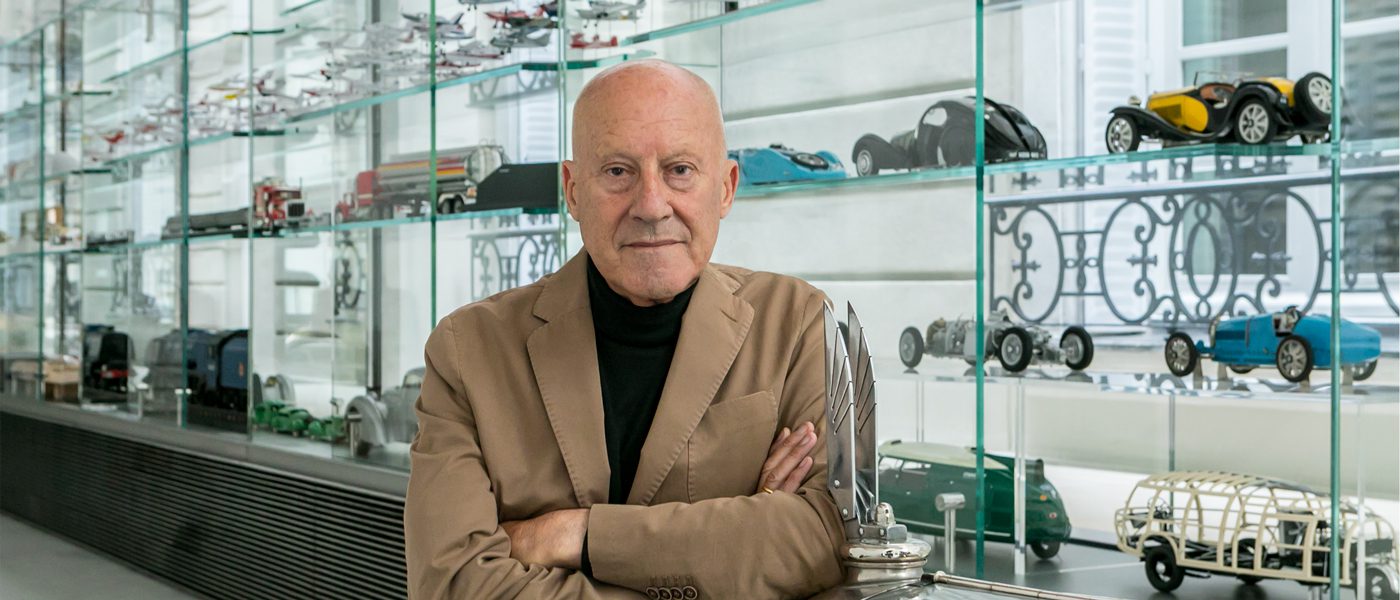
Both the future of work and the future of well-being give rise to the parallel display of the iconic headquarters built for Apple in California and the pioneering project for Olsen in the London docklands, together with the welcoming Maggie’s Centre for cancer patients and the Hackney School for children requiring special care. For Foster, the desire to meet contemporary needs is combined with technical refinement, and the futures of both construction and technology are explored by linking the titanic project for Mexico’s airport with the Climatroffice – the visionary proposal he made with Buckminster Fuller – and the sustainable Droneport with the geodesic elementality of its autonomous house.
The city and the territory require us to rethink the future of mobility and sustainability, a task demonstrated here by relating the stimulating urban SkyCycle project and the popular Bilbao Metro, as well as the carbon-neutral city of Masdar and the pioneering ecological territorial plan for La Gomera. Finally, the future of the networks crossing the planet, and even the expansion of humanity beyond it, give rise to the dual display of the colossal Thames Hub project and the Collserola Tower in Barcelona, and the lunar base for the European Space Agency, built with robots and 3D technology, and the first project by the architect, a tiny shelter in the shape of an aircraft cabin, the Cockpit.
The exhibition titled “Norman Foster. Common futures” can be visited on the third floor of Espacio Fundación Telefónica from 6 October 2017 to 4 February 2018.
Norman Foster. President, Norman Foster Foundation, (@NormanFosterFdn)
After graduating from the University of Manchester School of Architecture and City Planning in 1961, Norman Foster won a Henry Fellowship to attend Yale University, where he was a student at Jonathan Edwards College, obtaining a master’s degree in Architecture.
In 1967, he created Foster Associates, which later became Foster + Partners, where he continues to serve as Executive President. In 1999, he became the 21st recipient of the Pritzker Architecture Prize and, in 2002, he was awarded the Praemium Imperiale for Architecture in Tokyo. In 2009, he won the 29th Prince of Asturias Award for the Arts and obtained the Cross of the Order of Merit of the Federal Republic of Germany.
In 1997, he was awarded the Order of Merit by the Queen of the United Kingdom and, in 1995, he received the title of Baron Foster of Thames Bank.
IN PARTNERSHIP WITH:
